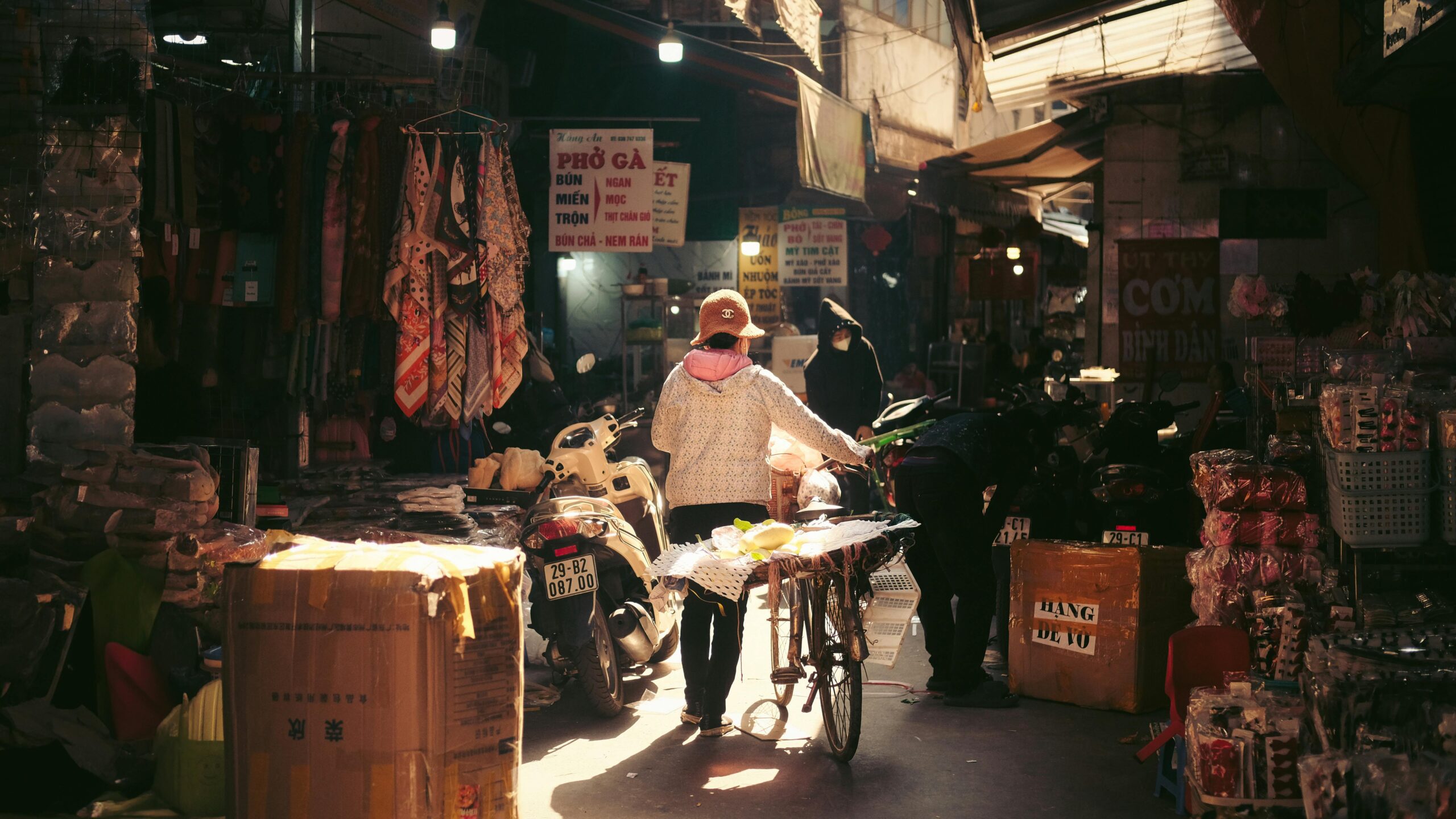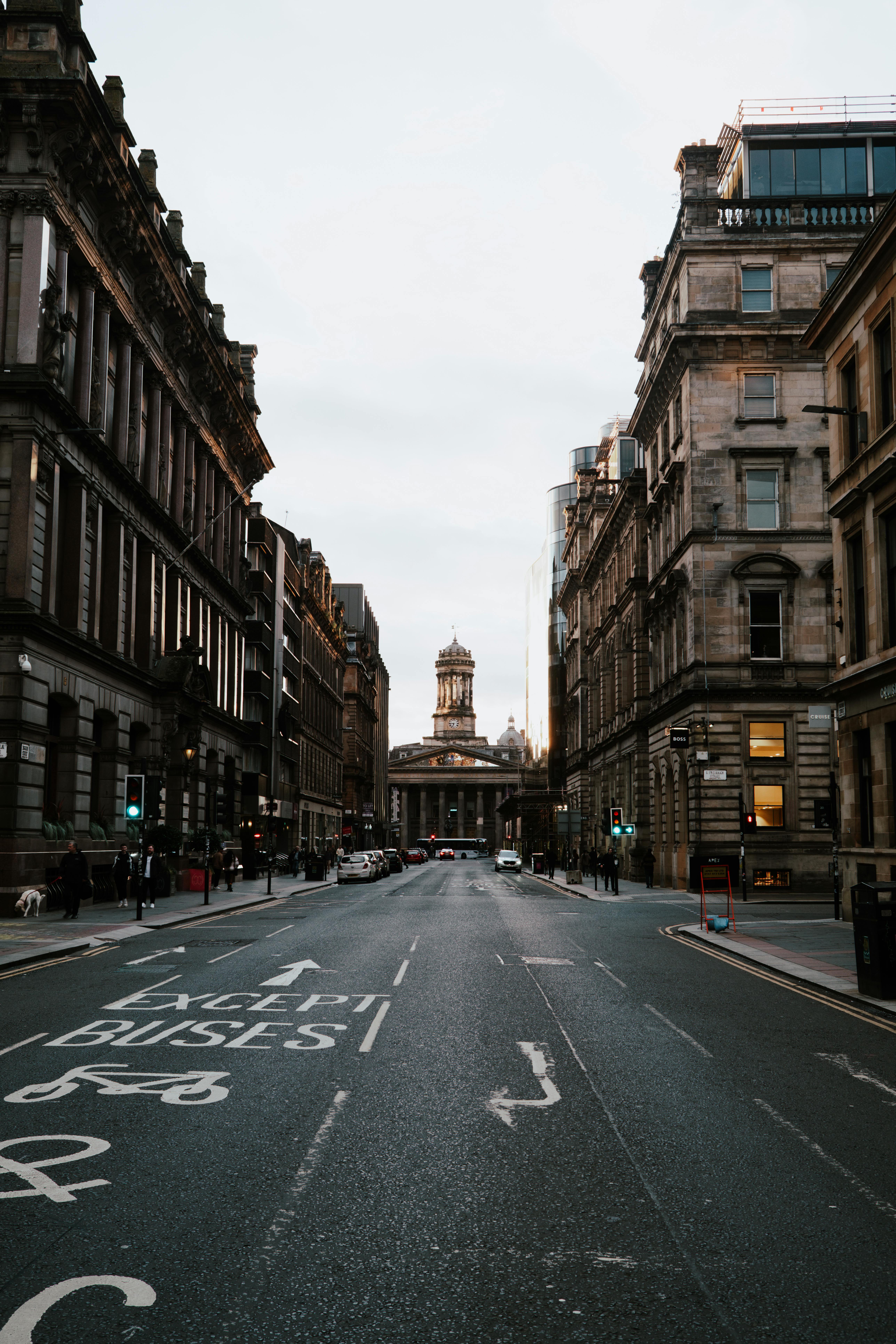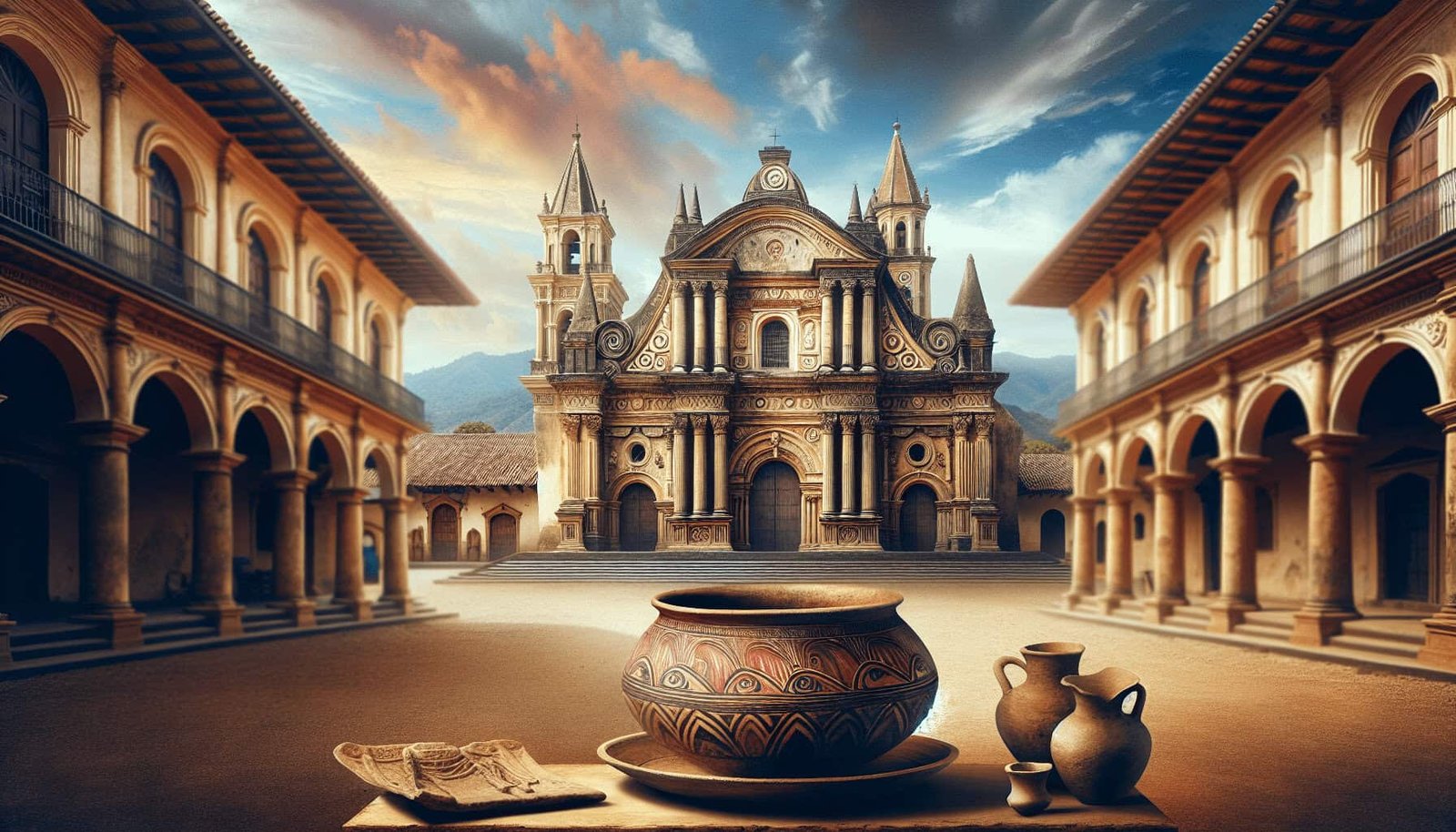Have you ever found yourself wandering through the pages of a history book, captivated by the stories of ancient civilizations and the legacies they left behind? If you’re a history enthusiast with a love for travel, then Nicaragua might just be the perfect destination for you. With its rich historical tapestry, this Central American country offers a myriad of opportunities to dive into its vibrant past, explore its colonial architecture, and learn about the cultures that have shaped its history.
Understanding Nicaragua’s Historical Landscape
Before embarking on your journey, it’s important to understand the historical backdrop of Nicaragua. The country is a rich tapestry woven from pre-Columbian civilizations, Spanish colonial influences, revolutionary history, and modern cultural developments. Each era has left its mark on the country, offering endless opportunities for exploration and understanding.
Pre-Columbian Civilizations
Long before the arrival of Spanish explorers, Nicaragua was home to a variety of indigenous cultures. Among the most notable were the Nahua, Sumo, Miskito, Matagalpa, and Chorotega people. These cultures left behind a wealth of archaeological sites, artifacts, and traditions that continue to captivate historians and travelers alike.
Spanish Colonial History
The Spanish began their conquest of Nicaragua in the early 16th century, bringing with them their language, religion, and architectural styles. This era of colonization laid the foundation for many of the country’s most significant historical sites, including the colonial cities of Granada and León. The architecture, religious artifacts, and city layouts from this period offer rich insights into colonial life.
Revolutionary Influences
Nicaragua’s more recent history is equally fascinating. It includes the period of the Sandinista revolution during the late 20th century, when the country was a focal point of Cold War tensions. Museums and historical sites related to this period provide a deeper understanding of Nicaragua’s socio-political transformations.
Top Historical Sites to Visit
Nicaragua offers a plethora of historical sites that cater to all interests, whether you’re passionate about pre-Columbian history, colonial architecture, or revolutionary movements. Let’s take a closer look at some must-visit destinations.
Granada: The Colonial Jewel
Founded in 1524, Granada is one of the oldest colonial cities in the Americas. Walking through its colorful streets, you’ll find well-preserved Spanish colonial architecture and vibrant baroque churches. Make sure to visit La Merced Church for a panoramic view of the city and Lake Nicaragua.
León: Cradle of Revolution
León, another colonial gem, played a pivotal role in the country’s revolutionary history. It’s home to several important landmarks like the León Cathedral, a UNESCO World Heritage site, and the Ruben Dario Museum, dedicated to the famous poet and writer.
The Ruins of León Viejo
Not far from modern-day León, the ruins of León Viejo are a key piece of the country’s colonial history. This UNESCO World Heritage site offers fascinating insights into the early Spanish settlement patterns and their first encounters with indigenous peoples.
Masaya: Home to Indigenous Cultures
Masaya offers a peek into the lives of Nicaragua’s indigenous cultures. The town hosts vibrant markets where traditional crafts and textiles abound. Nearby, the Masaya Volcano National Park not only offers stunning natural beauty but also important pre-Columbian archaeological sites.
Ometepe Island
This island in Lake Nicaragua is known for its stunning natural landscapes and the intriguing petroglyphs left by indigenous peoples. These ancient rock carvings offer clues about the spiritual and daily lives of Nicaragua’s earliest inhabitants.

Practical Travel Tips for History Buffs
Visiting historical sites can be an enriching experience, but it also requires some preparation. Here are some practical tips to help you make the most of your historical exploration in Nicaragua.
Plan Your Visit During Pleasant Weather
Nicaragua has a tropical climate, with a dry season (November to April) and a wet season (May to October). For a more comfortable exploration of historical sites, plan your visit during the dry season to avoid the heavy rains.
Hire Knowledgeable Guides
Having a local guide can enhance your understanding of the sites and stories behind them. Many tours and guides are well-versed in both English and Spanish and can provide detailed insights that you might miss on a self-guided tour.
Respect Cultural Norms
Nicaragua’s historical sites are often tied to local cultures and traditions. It’s important to approach these places with respect. Always ask for permission before taking photographs of people, and be mindful of local customs, especially in indigenous communities.
Learn Spanish Basics
While many people in tourist areas speak English, knowing basic Spanish phrases can enrich your travel experience and ease communication with locals. It shows respect for the local culture and often leads to more rewarding interactions.
Prepare for Varying Terrain
From urban colonial cities to rural archaeological sites, expect a range of terrains. Comfortable walking shoes are essential, and be prepared for varying weather conditions, especially if you plan to visit sites like volcanoes or islands.
Embracing Nicaragua’s Cultural Offerings
Beyond the historical sites, Nicaragua offers rich cultural experiences that provide deeper context and understanding of its history. Engage with the local culture through museums, festivals, and culinary delights.
Museums and Cultural Centers
In cities like Managua, León, and Granada, you’ll find numerous museums that delve into Nicaraguan art, history, and culture. The National Museum in Managua and Museo de Arte Fundación Ortiz-Gurdián in León are excellent places to start.
Traditional Festivals
Participating in local festivals can be an unforgettable way to connect with Nicaraguan history. Events like the Palo de Mayo in the Caribbean celebrate diverse cultural influences, while Semana Santa in Granada highlights religious traditions rooted in colonial history.
Culinary Experiences
Nicaraguan cuisine reflects its historical influences, with dishes like gallo pinto (rice and beans), vigorón (yucca and pork), and nacatamal (corn dough with filling). Trying these local flavors can offer a taste of Nicaragua’s cultural fusion.
Craft Markets
Visiting local craft markets, especially in towns like Masaya, can offer insights into traditional crafts and Nicaraguan artistry. Here, you can purchase handmade ceramics, woven textiles, and woodcrafts that are often passed down through generations.

Safety and Health Considerations
Traveling with peace of mind is important, especially in a country where you may be unfamiliar with the local customs and healthcare systems. Here are some tips to ensure a safe and healthy journey.
Stay Informed About Current Events
Before and during your trip, keep an eye on local news regarding safety conditions, especially if you’re interested in visiting areas with ongoing socio-political discussions or past revolutionary significance.
Health Precautions
Ensure you have the necessary vaccinations for travel to Central America. It’s wise to consult with a healthcare provider for any recommended immunizations and to bring along any prescription medication you may need.
Travel Insurance
Having travel insurance can be a safety net for unexpected events, whether it’s health-related issues, trip cancellations, or lost luggage. Choose a policy that suits your needs and covers historical or outdoor activities you’re planning to undertake.
Local Laws and Customs
Familiarizing yourself with Nicaraguan laws and regulations will help you avoid misunderstandings. The legal drinking age and other regulations might differ from your home country, so being informed can prevent potential hassles.
Sustainability in Historical Tourism
With increasing awareness of sustainable tourism, it’s vital to think about how you can minimize your environmental footprint while visiting these historical sites. Here’s how you can contribute positively.
Support Local Economies
Consider staying in locally-owned accommodations and supporting local businesses by purchasing goods and services from community members. This not only enriches your experience but also helps preserve local traditions and economies.
Sustainable Practices While Exploring
Follow the Leave No Trace principles by not littering at sites and respecting the natural environment. Be mindful about using resources like water and electricity, especially in rural areas.
Educational Impact
Share your learning about Nicaraguan history responsibly. Respect the complexities and nuances of the country’s past when discussing your experiences with others to avoid perpetuating stereotypes or misconceptions.

Planning Your Itinerary
Crafting a well-thought-out itinerary can help you make the most of your historical journey through Nicaragua.
A Sample Itinerary: 7-Day Historical Tour
| Day | Morning | Afternoon | Evening |
|---|---|---|---|
| 1 | Arrival in Managua | Visit the National Museum | Welcome dinner with local cuisine |
| 2 | León: Historical city tour | Explore Ruben Dario Museum | Visit to local markets |
| 3 | Ruins of León Viejo | Return to León for lunch | Evening cultural show |
| 4 | Transfer to Granada | Walking tour of colonial sites | Enjoy live music at a local café |
| 5 | Day trip to Masaya Volcano | Explore Masaya town and market | Traditional dance performance |
| 6 | Ometepe Island: Petroglyph exploration | Relax by Lake Nicaragua | Dinner with island specialties |
| 7 | Return to Managua | Last-minute shopping and exploration | Departure |
This itinerary can be adjusted to fit your specific interests and the pace at which you prefer to travel. Consider adding additional days if you wish to delve deeper into specific locations or take a more leisurely approach.
Final Thoughts
Exploring Nicaragua as a history enthusiast presents an exciting array of opportunities to enrich your understanding of diverse cultures, colonial influences, and revolutionary legacies. By planning thoughtfully and engaging with both the historical sites and the vibrant local culture, you can create a meaningful travel experience that delves into the heart of Nicaragua’s storied past. Safe travels, as you embark on this unforgettable journey through history!
